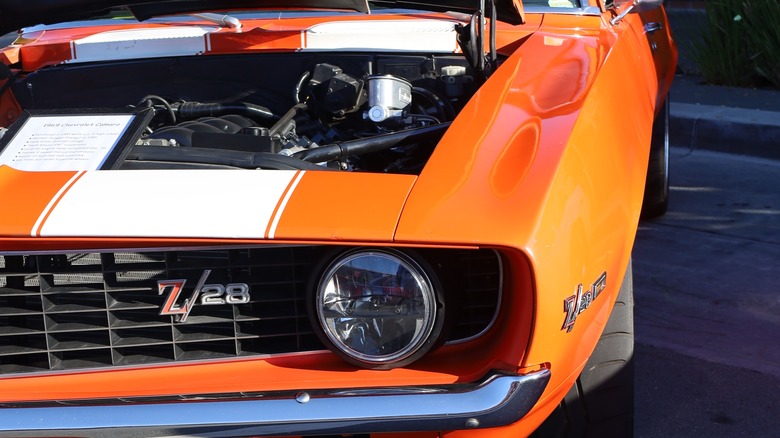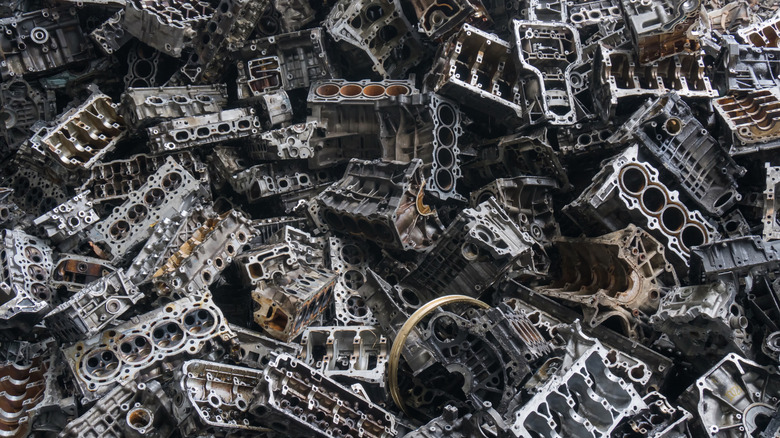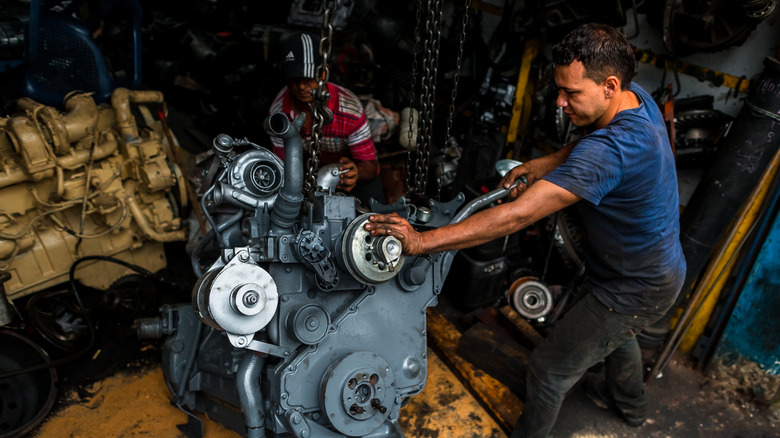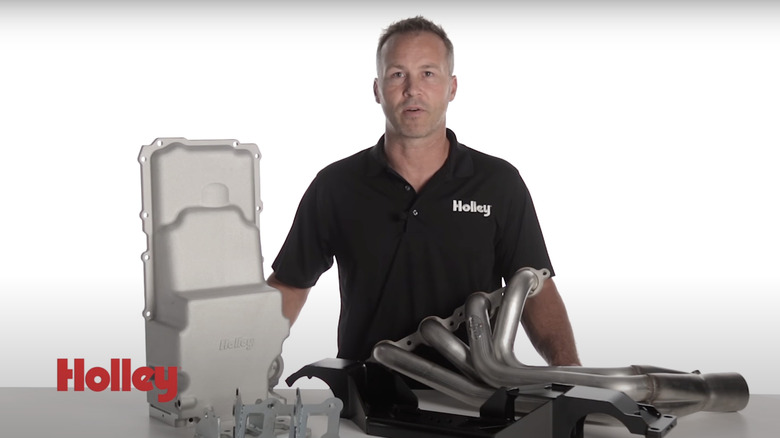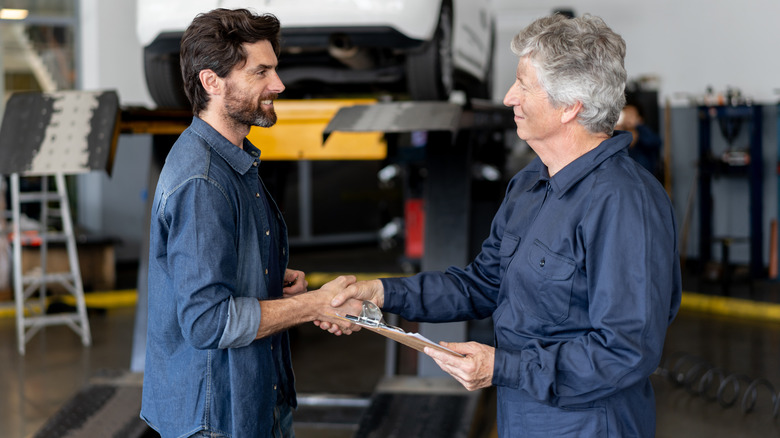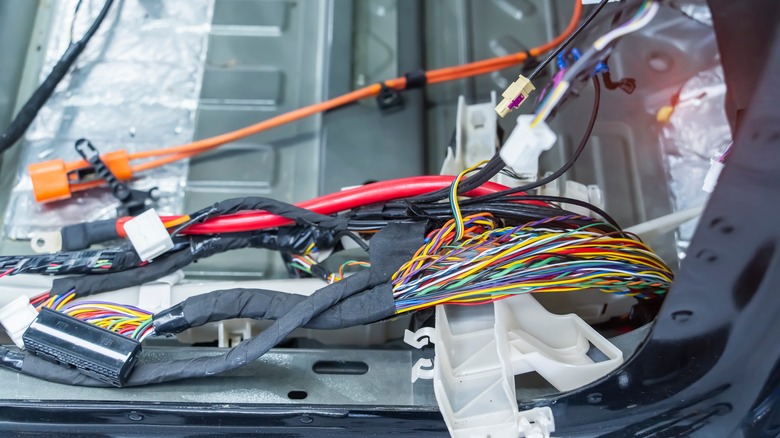5 Things You Need To Know Before LS Swapping Your Car
Chevy LS engines are among the most popular swap options for gearheads everywhere, and for good reason. LS motors are readily available at salvage yards across the nation, parts and upgrades are available from many suppliers, and a robust support network of LS enthusiasts is available online when help is needed.
But while an LS swap can bring you miles of trouble-free driving and make you some new internet buddies, there are some important things to know before taking the plunge, whether you are going to have a shop do the work or enlist the help of some friends and make it a weekend driveway project.
The first step when planning your LS engine swap is choosing between a salvage motor and a new or remanufactured engine. Junkyard LS engines are easy to locate and can be had for a few hundred dollars, but choosing that option can mean you are simply inheriting someone else's inscrutable problems.
The junkyard option requires you to buy some extra pieces
If you do opt for a salvage motor, there are some extra components you should grab from the donor vehicle along with the engine. The original computer and wiring harness are a must, as are any sensors that were on the original vehicle.
Before you take the motor home, you will probably want to swing by your local parts supplier and pick up a few key items to help put some life back in that dirty, battered engine. A new valve cover and oil pan gaskets are an absolute must, a new timing chain is a good idea, and many junkyard swappers might opt for a full rebuild kit including seals and bearings before dropping in a salvage motor.
All of these bits of reconditioning will add to the expense of a junkyard option, but the additional money and effort will give you peace of mind once the motor is in place and your vehicle is back on the road again.
Know the differences between the donor and recipient vehicles
Before rushing headlong into an LS swap project, carefully consider the differences between the donor vehicle and the one the motor is going into. Factors like the size of the engine bay, exhaust routing, fuel delivery, and placement of engine accessories will have to be accounted for. Finding an oil pan that fits your chassis can also be a troublesome challenge. Each step along the way is a compromise between expense and expediency, simplicity and savings, busted knuckles, and broken budgets.
Brian Havins of LSX Magazine says it's necessary to consider each system carefully and that he and his fellow staffers generally favor purchasing new parts over trying to wedge in troublesome donor vehicle components. "And believe us when we say we've done both, and buying new parts might cost you more, but it's well worth it. For example, we've had to pull engines back out of vehicles because things didn't fit, which cost us time and money. So we would rather spend a few extra dollars and do the job once, the right way," Havins added.
Third-party LS swap kits are plentiful
A good place to spend some of your LS swap budget is on one of the many third-party kits that will help integrate the donor engine with your vehicle. Holley offers a comprehensive line of LS swap kits for many classic GM and Ford vehicles, including intake, exhaust, and engine cooling systems.
German and Japanese car owners might want to check out the offerings at Sikky, where complete swap kits for many BMW, Nissan, and Infiniti models can be had for well under $1,000. ICT Billet carries an assortment of wiring harnesses, bolt kits, and accessory brackets, as well as internal engine components for anyone taking on a junkyard motor rebuild.
Once the expense of all these extra systems and parts is factored in, however, you may start to wonder if you'd be better off just opting for a crate motor and/or having a shop do the swap for you. If you decide to have a professional mechanic do your swap, there are a few things to keep in mind to help that process go more smoothly.
Communicating with your shop is important
Turning the work over to a professional means more than dropping off your vehicle and forgetting about the project. Many considerations will have to be carefully planned out with your mechanic. Keeping a consistent line of communication open during the swap will help the process run smoothly and minimize frustration on both ends. Costs can quickly skyrocket when unexpected obstacles pop up, like problems mating the motor to your transmission or the driveshaft to the rear axle.
An issue that with a home build would have meant nothing more than a run to the parts store or a wasted weekend waiting for a mail-order delivery can quickly turn into an expensive boondoggle involving many hours of additional labor costs and angry phone calls back and forth with a busy mechanic. It's easy to forget how many little things go into swapping out an engine and how quickly the costs of those little things add up. Hoses, belts, fluids, clamps, and bolts all come with a price tag, and your mechanic will keep a running tally of those expenses and pass them on to you, along with the cost of the time spent tending to your vehicle.
West Bend Dyno in West Bend, Wisconsin, charges a minimum of $15,000 for an engine swap and insists that customers coordinate with them before bringing their vehicle in. According to LSX magazine, "If someone starts a project before consulting them, it almost always ends up costing more, as some parts will not work or are incompatible or installed incorrectly."
Pay special attention to the computer and wiring harness
Whether you are going with a junkyard swap or taking your vehicle to a shop, the ECU — or engine control unit — and wiring harness are of utmost importance. When picking parts from a junkyard, matching the VIN between the engine and computer can save you headaches down the road, as can getting as much of the original intact harness as possible. For shop swaps, a decision will have to be made between using the OEM computer and going with one of many aftermarket options.
Either way, expect to spend $1,500 or more for an ECU and harness. For applications involving horsepower increases, with or without the help of nitrous, West Bend Dyno recommends an aftermarket ECU. The options for LS swaps may seem overwhelming, but regardless of the path you take, you need to plan carefully, expect to go over budget, have patience, keep an open mind, and be flexible throughout the process.
